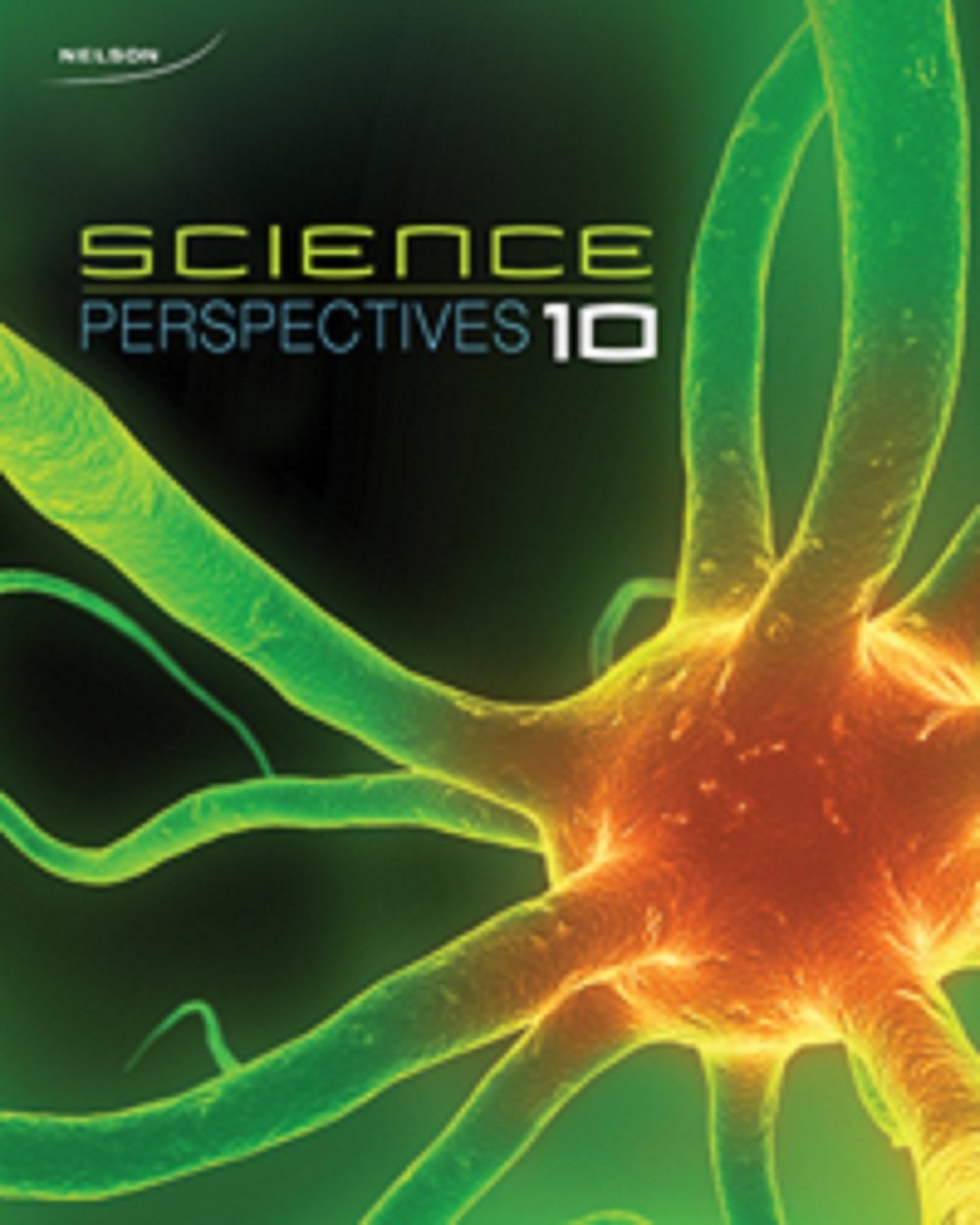
Nelson Science Perspectives 10
1st Edition
ISBN: 9780176355289
Textbook solutions
All Solutions
Section 4-1: Systems in Plants
Exercise 1
Solution 1
Solution 2
Step 1
1 of 2
All organs of the plant are divided into two main groups: The first group includes shoots – parts of the plant that are above ground (consisting of two types of organs: vegetative organs – tree and leaf; and reproductive organs – flower, fruit, and seed). The second group consists of the root system, which is usually found underground.
Result
2 of 2
All organs of the plant are divided into two main groups: the shoot and the root.
Step 1
1 of 2
Plants are made up of two systems; the root system and the shoot system. The roots system consists of the roots only while the shoot system consists of the stem, leaves, flower and fruit of the plant. Many specialized cells make up these parts of the plant and they function as organs in animals, but in botany they are referred to parts of the plant and not organs.
Result
2 of 2
Plants are made up of two systems; the root system and the shoot system.
Exercise 2
Step 1
1 of 2
a. Plants do not have the ability to move like animals while plants can manufacture their own food using carbon dioxide and water in the presence of sunlight, animals can not. Animals depend on plants and/or other animals to meet their dietary requirements.
Step 2
2 of 2
b. Plants do not have a musculoskeletal system to help them locomote from one place to another. Animals do not have chloroplast to enable them to manufacture their own food.
Exercise 3
Step 1
1 of 2
The three types of plant tissues are the dermal tissue, vascular tissue and ground tissue. Dermal tissue system makes up the outer body of the plant just like the skin in animals. Vascular tissues make up the insides of the plant. They transport water, minerals and nutrients to different parts of the plant; much like the circulatory system in animals. Ground tissue make up other structures in the plant that give the plants its shape and size.
Result
2 of 2
The three types of plant tissues are the dermal tissue, vascular tissue and ground tissue.
Exercise 4
Step 1
1 of 3
The stem of plants and trunk of leaves is the same structure. It supports the plant, its branches and subsequently its leaves, flowers and fruit. It also provides a pathway connecting all parts of the plant so that water from the roots and nutrients from the leaves is supplied to all parts of the plant. It can store excess nutrients as food. Its outer covering protects the plant from the external environment and disease.
Step 2
2 of 3
Leaves are rich in chloroplast and their primary job is to manufacture food by converting carbon dioxide and water to glucose and oxygen, in the presence of sunlight.
Result
3 of 3
Stem provides structure, support etc to the plant while leaves manufacture food for the plant.
Exercise 5
Step 1
1 of 3
The stem of plants and trunk of leaves is the same structure. It supports the plant, its branches and subsequently its leaves, flowers and fruit. It also provides a pathway connecting all parts of the plant so that water from the roots and nutrients from the leaves is supplied to all parts of the plant. It can store excess nutrients as food. Its outer covering protects the plant from the external environment and disease.
Step 2
2 of 3
Roots of a plant are buried under the soil and therefore the invisible part of the plant. They firmly hold the plant in the ground by griping the soil around them. The survival of the rest of the plant depends on the roots for they pull water from the soil they are buried in, that is an essential constituent of glucose made by photosynthesis. This water is also required for the overall appearance of freshness of the plant.
Result
3 of 3
Stem provides structure, support etc to the plant while roots hold plants in place and absorb water from the soil for it to manufacture food.
Exercise 6
Step 1
1 of 2
a. Flowers of a plant protect the reproductive parts of the plant from the external environment. On fertilization a seed is formed. This can be called the baby of the plant. The flower develops in to a fruit enclosing these seeds inside it.
Step 2
2 of 2
b. For a flower to be able to bear seeds, it must undergo the process of pollination. In this process, the pollen grain produced by the male part (stamen) of the plant comes in contact with the female part; stigma of the plant. It travels via the style of the flower to meet the egg inside the ovary of the flower. On coming in contact with the egg, fertilization takes place and the flower prepares to bear seeds. The process of pollination is often caused by wind and insects that come to feed on the flower’s nectar.
Exercise 7
Step 1
1 of 3
Some plants use their roots to store their food. Classic examples of these types of plants are radishes and carrots.
Step 2
2 of 3
Some plants use their stems to store their food. Classic examples of these types of plants are sugar canes and potatoes.
Step 3
3 of 3
Some plants use their leaves to store their food. Classic examples of these types of plants are spinach and lettuce.
unlock

